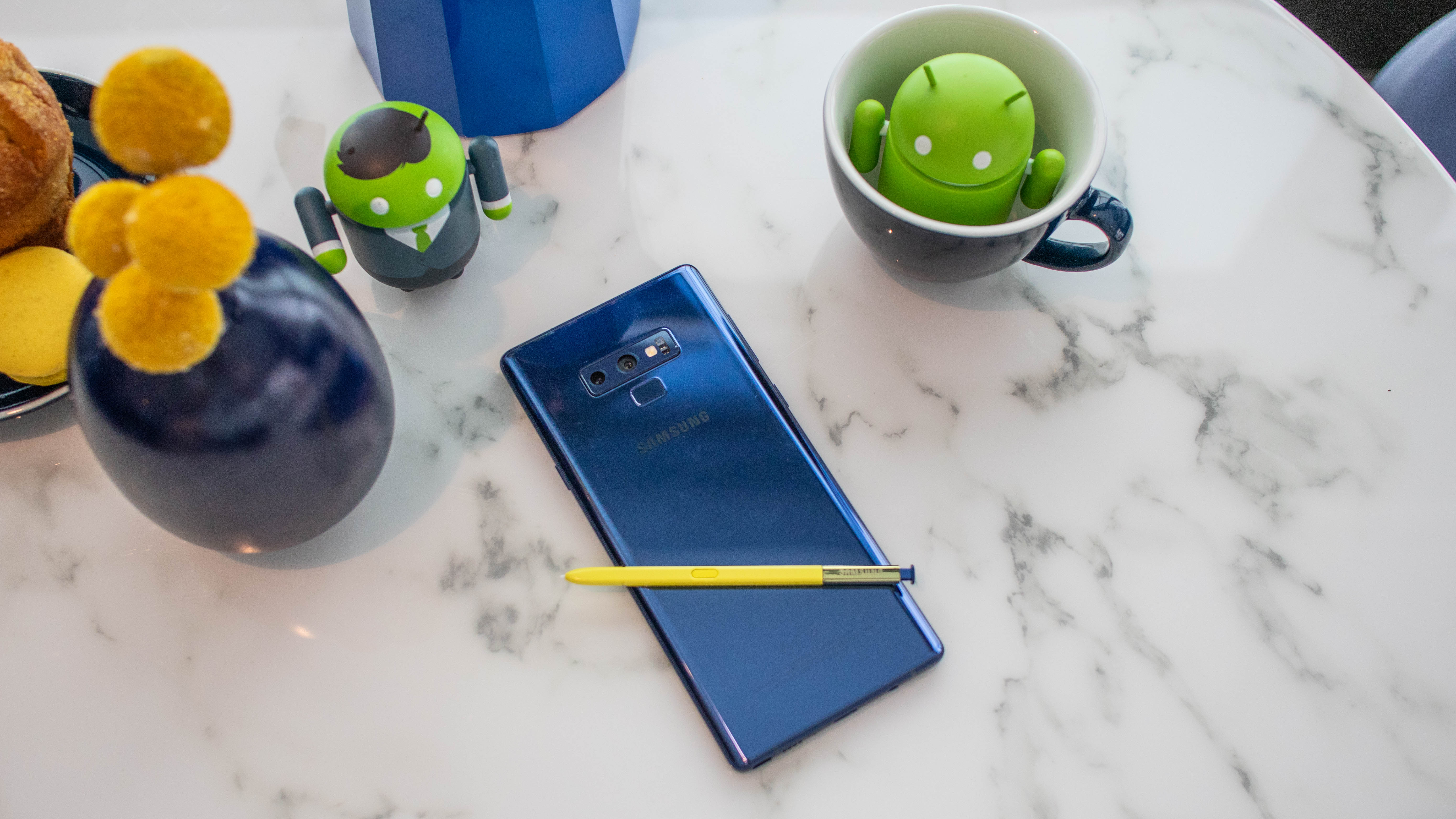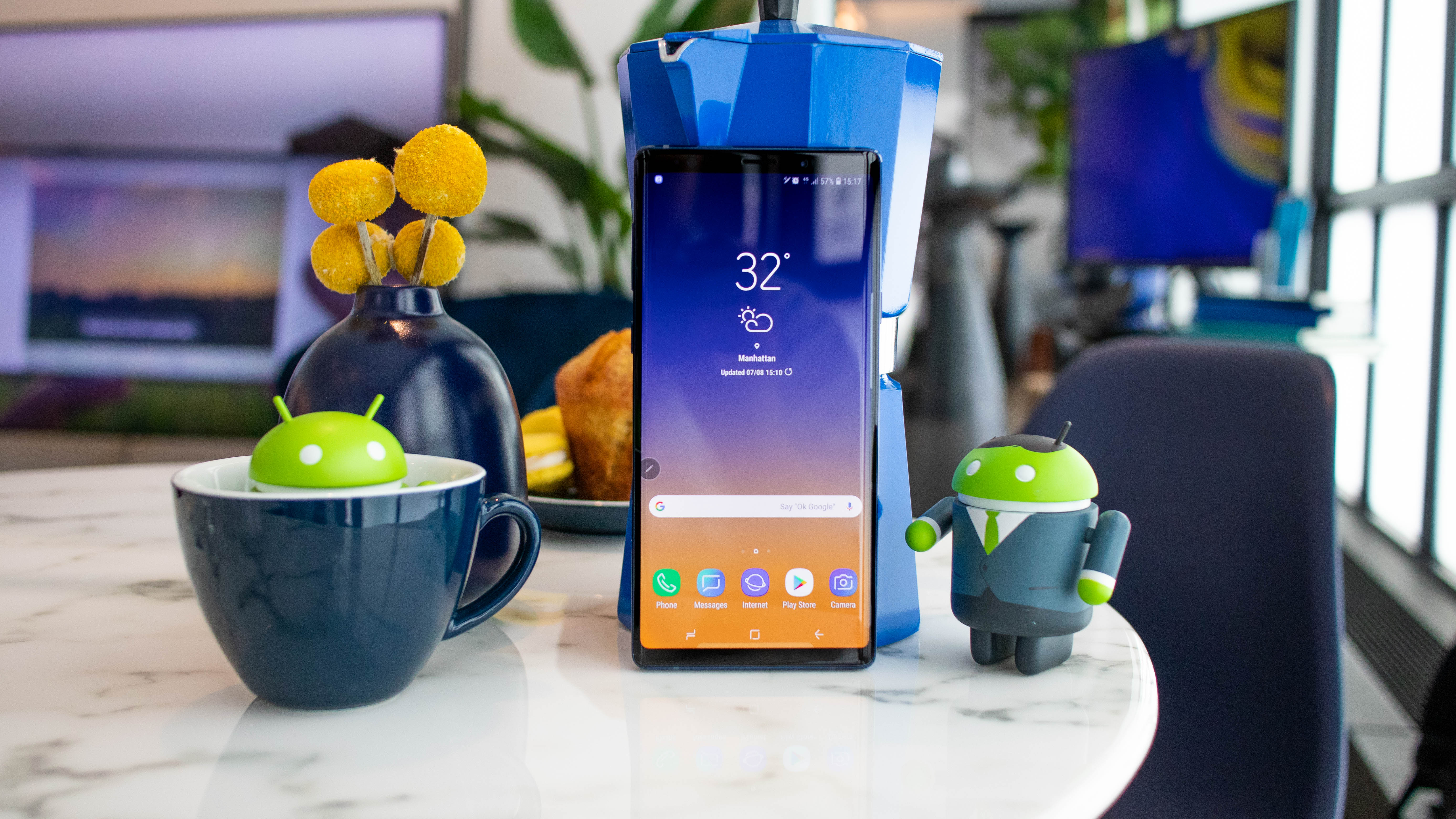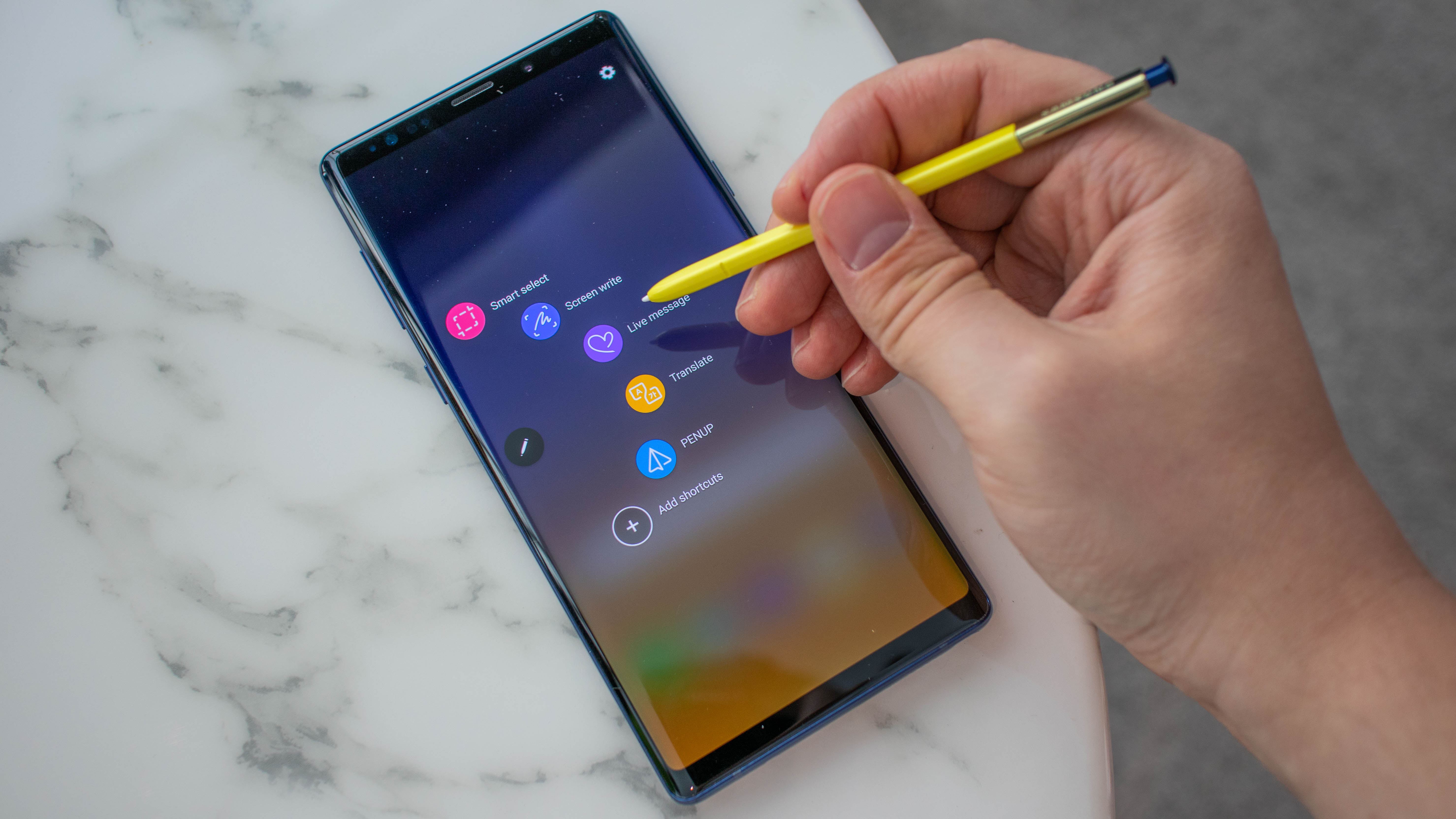Samsung: Why innovation and device ecosystem can overcome 'challenging' smartphone market
Samsung's Kate Beaumont explains why the Samsung Galaxy Note 9 can give it a boost in the UK

Samsung is a company in transition. It’s a consumer electronics giant (with a not insignificant B2B interest) that has benefited hugely from its mobile division in recent years.
It supplanted Nokia as the world’s largest manufacturer of mobile phones in the early part of the decade and has stayed there ever since, buoyed by seemingly never-ending demand for smartphones.
But the industry has run out of new markets to expand into and demand in developed ones have saturated. A perceived lack of hardware innovation and rising costs mean many people are content with the handsets they already have, and the sector actually contracted for the first time in 2018.
Other ventures to offset this decline have so far failed to materialise. The tablet market exploded with the advent of cheap seven-inch slabs, but again, demand has slowed, and the smartwatch has also failed to be the holy grail.
It’s amid this backdrop that Samsung launches the Galaxy Note 9, alongside the Samsung Galaxy Tab S4 and the Samsung Galaxy Watch.
Market saturation
Samsung’s profits for the second quarter reached record highs but the performance of the mobile unit is still cause for concern, especially the performance of the Samsung Galaxy S9 flagship.
According to figures from IH Markit, Samsung suffered the biggest decline of the most recent quarter, with smartphone shipments falling by 10.8 per cent to 70.8 million – still enough for a fifth of the market.
Are you a pro? Subscribe to our newsletter
Sign up to the TechRadar Pro newsletter to get all the top news, opinion, features and guidance your business needs to succeed!
“It’s a challenging market,” Kate Beaumont, director of commercial strategy at Samsung, admits to TechRadar Pro. “From a mobile perspective there is a lot of [market] saturation. People are holding onto their devices much longer and that’s creating an environment in which we have to keep on our toes.
“We’re seeing that the premium segment is growing year-on-year while the low-end segment is falling.”
One of the most interesting trends is that although the volume of handsets it sells has fallen, the average cost of each device is increasing. That comes as no surprise to anyone who has seen the price of the Samsung Galaxy Note 9 – it’s a very expensive phone.
Meanwhile competition in the mid-range segment is intense, with several manufacturers entering the market with aggressively-priced handsets stocked with features.

Innovation and competition
“One of the things Samsung does very well is that we have a broad portfolio where we can take down the premium features [from the Galaxy S and Note range] and bring them down,” she says. “It’s about finding a compromise between cost and innovation.”
Huawei’s critically acclaimed P20 flagship has seen it overtake Apple in the market (albeit with help from marketing), while the Galaxy Note series has earned a reputation for innovation over the past few years with features and design choices that break convention.
Huawei has the devices and the resources to mount the most serious challenge to Samsung date and It has also finally managed to gain an inroads into the UK market, so is Beaumont worried?
“I think competition is always good because it drives innovation,” she replies. “We don’t want to become complacent, so we look at our competitors, but they’re not driving our R&D. The UK is traditionally brand-conscious, and we have a really strong brand.”
But despite this, Beaumont doesn’t believe that innovation for innovation’s sake is the solution to driving growth in the premium sector.
“I think it’s about finding the right innovation,” she explains. “What we’ve done with S Pen is subtle but impactful. I think it’s about finding innovation that’s useful.”
Similarly, in the mid-range market, it’s about finding the right balance between cost and new features. For example, the R&D investment for the Galaxy S series can eventually be included in the A series at a later date.

The Samsung ecosystem
Samsung is committed to maintaining this choice, noting that customers who take a mid-range device might one day decide to upgrade to a premium handset. But it is also committed to growing its ecosystem.
“This is the first time we’ve launched three devices at the same time,” says Beaumont. “The relevance of this is how they work together. We want more interconnectivity and by 2020 we want our devices to be interoperable.
“We do know that we have high loyalty and we know that people buy multiple devices, but the reality is that it is an open ecosystem. It’s unlikely anyone will buy all three at the same time and the best thing about the watch is that it works with other Android devices and indeed iOS.
“Our SmartThings App works with 40 other brands. We recognise our customers might have different devices but the question is ‘how do you bring them all together?’”
Samsung’s decision to replace the ‘Gear’ branding for its smartwatch in favour of ‘Galaxy’ is notable. As the company’s flagship brand, Galaxy stands for its latest innovations, but Beaumont also explains it epitomises the internal changes at the company.
Previously the products were built by different teams, but the adoption of the Galaxy moniker helps contribute to the creation of the ecosystem that Samsung wants: “We’re moving away from sub branding.”
Who will buy the Note 9?
Speaking of branding, Beaumont emphasises the attachment that many of its customers have to the Galaxy Note brand: “The Note customer is a special group of customers for us,” she says. “They are our most loyal, they are early adopters and they’re looking for [innovative] tech.”
The productivity features are the Note 9’s biggest selling point and the updated ‘S Pen’ is something Beaumont is keen to emphasise, declaring it her favourite feature of the new device. The Note has a big following in the B2B sector, but Samsung doesn’t want to limit its appeal, noting that all of its devices are available to both consumers and businesses.
Samsung is also placing significant emphasis on customer service and has a dedicated team to help new owners of the Note 9 and S9 to switch from a rival operating system. But there is an acknowledgement that the main component of any strategy still has to be technology.
Earlier in the month Samsung announced it would invest 25 trillion won (£17 billion) in areas such as Artificial Intelligence (AI), 5G and components for connected cars as it seeks to protect itself against smartphone saturation. It plans to be a leader in the market for 5G chipsets and hopes to benefit from demand for the applications that next-generation networks will enable.
Beaumont says she is “really excited” about the investment and what it means for the future direction of Samsung smartphones.
“There’s a race to be first [with 5G] but we’re more interested in the consumer experience. You can do the technical piece, but if you can’t come up with experiences then you’ve wasted your time.
“I think the success for any manufacture can be measured in what they’re investing in.”
- Here are the best Samsung Galaxy Note 9 deals
Steve McCaskill is TechRadar Pro's resident mobile industry expert, covering all aspects of the UK and global news, from operators to service providers and everything in between. He is a former editor of Silicon UK and journalist with over a decade's experience in the technology industry, writing about technology, in particular, telecoms, mobile and sports tech, sports, video games and media.